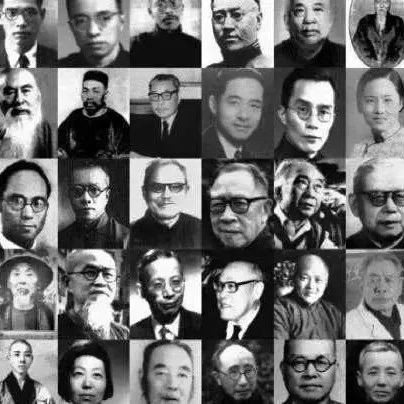The city grows as a system with different sub-systems and sectors which co-exist and interact with each other. Cities should be treated as systems of networks and flows instead of being simply viewed as places in space. Urban planning approaches and methods have been engaged in coping with this type of complexity in the city since the 1980s.
The past decades have witnessed a rapid change in economy, technologies, environment and society in many countries. In today’s increasingly connected world of virtual, perceived, and real spaces, big data-driven urban computing and analytics have become essential to tackle these fundamental issues. New information technologies and changing lifestyles create new opportunities for urban planning in terms of its theory, approaches and evaluation. Computers have been embedded into almost every conceivable type of object as the Internet of Things (IoT), generating unprecedented quantities of data. The growth of big data is shifting the emphasis from longer term strategic planning to short-term thinking about how cities function and can be managed, although with the possibility that over much longer periods of time, this kind of big data will become a source for information about every time horizon. However, in the history of urban studies and planning, most theory and applications have focused on the long term (i.e., months and years) instead of short term (i.e., minutes and hours). Hence, big urban data calls for big and new theory, because data and associated applications without theory will not take us very far.
Big data has enriched our experiences of how cities function and is offering many new opportunities for social interaction and more informed decision-making with respect to our knowledge of how best to interact in cities. At the same time, spurious correlations will emerge from the growing size of data. Hence, the complexities of urban systems and their connectivity at various spatial, temporal, and semantic scales are posing daunting challenges to researchers and decision-makers in urban planning and studies. Due to the rapid progress of information and communications technology, the emergence of open and new data available from various sources have also presented significant opportunities for urban research and policy-making. Rigorous analysis of such data depicting complex socioeconomic dynamics is likely to open up a rich context for advancing urban science and policy interventions. Interdisciplinary approaches combining with complex spatial data, analysis, and models are urgently needed to ignite transformative innovation and discovery for enabling effective and timely solutions to challenging urban problems. This special issue aims to highlight the challenges, opportunities, and solutions of a synthesized urban planning framework based on ever-increasing amounts of large-scale diverse data and computing power.
Smart city practice leads to bigger data and urban planning challenges/opportunities in the automated city future. Batty (2018) argues, “the notion of the smart city of course conjures up these images of such an automated future. Much of our thinking about this future, certainly in the more popular press, is about everything ranging from the latest App on our smart phones to driverless cars while somewhat deeper concerns are about efficiency gains due to the automation of services ranging from transit to the delivery of energy”. The urban sciences are undergoing a dramatic shift towards analyzing ever-increasing amounts of large-scale diverse data near real time. This new perspective might change what we plan and the way we might plan the city. Methods developed in the mainstream urban disciplines have gradually recognized the challenges posed by big data and computing constraints. Therefore, much effort should be devoted to identifying urban planning applications of massive impact, of fundamental importance, and requiring the latest computing paradigm, and interdisciplinary approaches. Hence more studies will eventually pave the way for the systematic implementation of new technologies in the computational urban sciences. Papers in this special issue are expected to advance theories, methods, or applications that improve the integration of big data and urban planning. We welcome submissions from interdisciplinary and multidisciplinary research teams.
An international symposium of
Big Data and Urban Planning
will also be organized in July 2019 in Beijing China by the editorial office of Cities. The location and date will be announced later.















